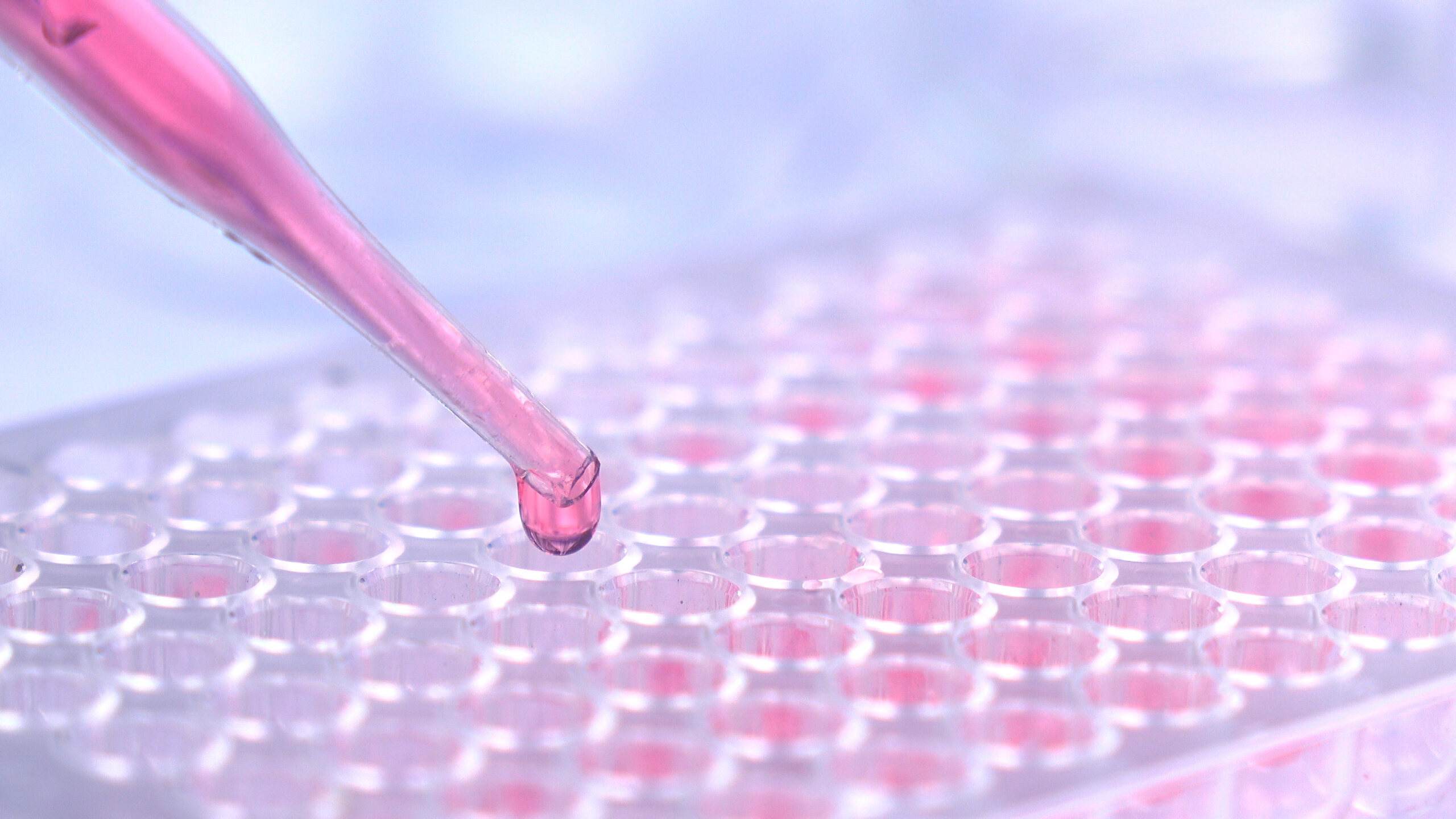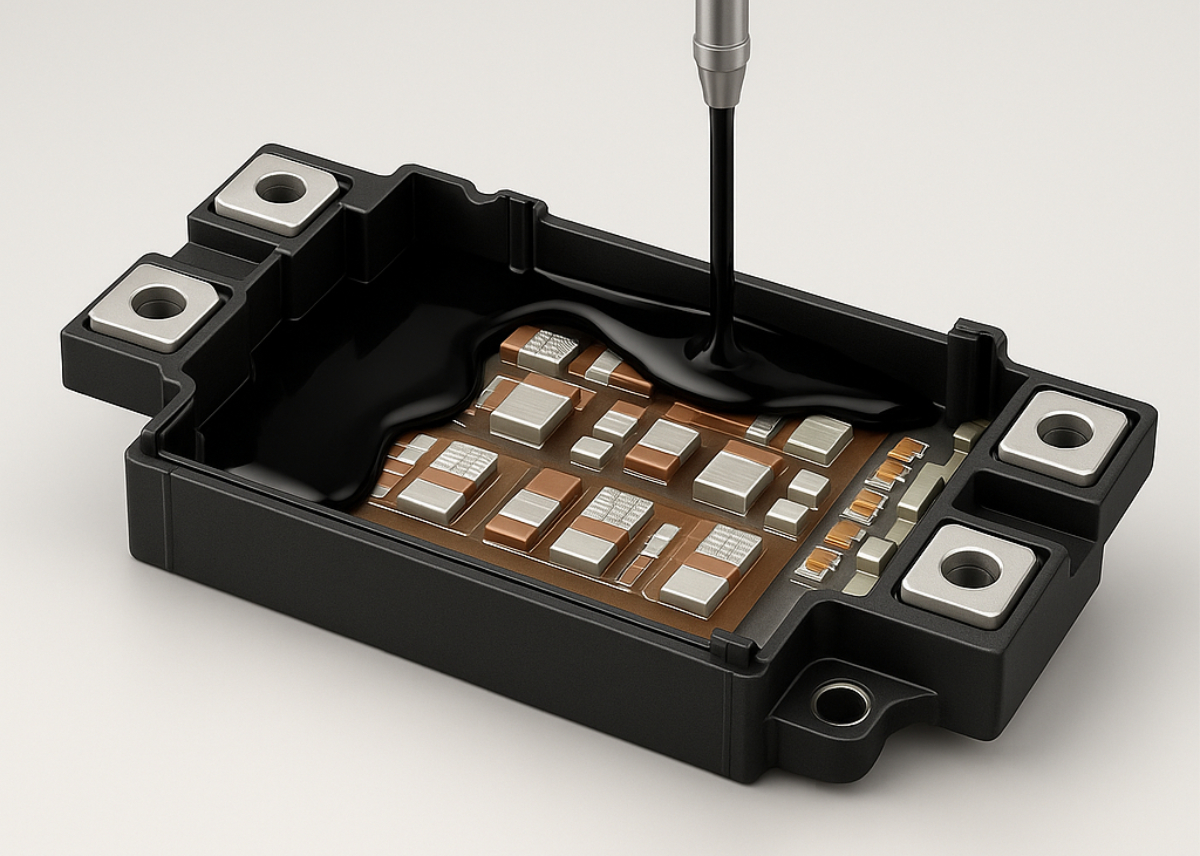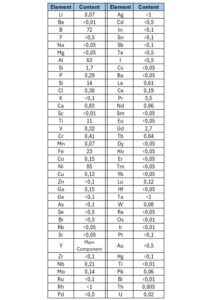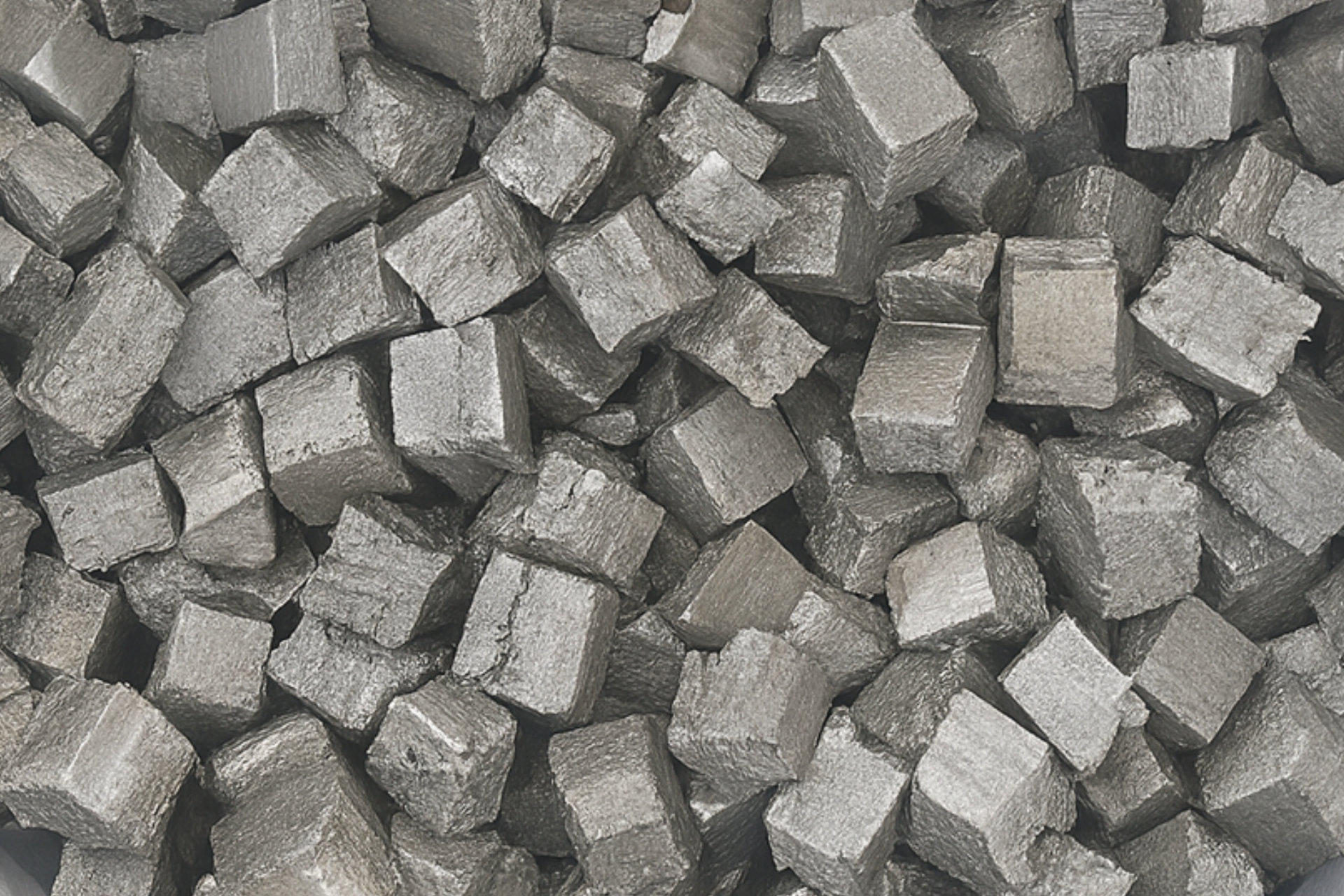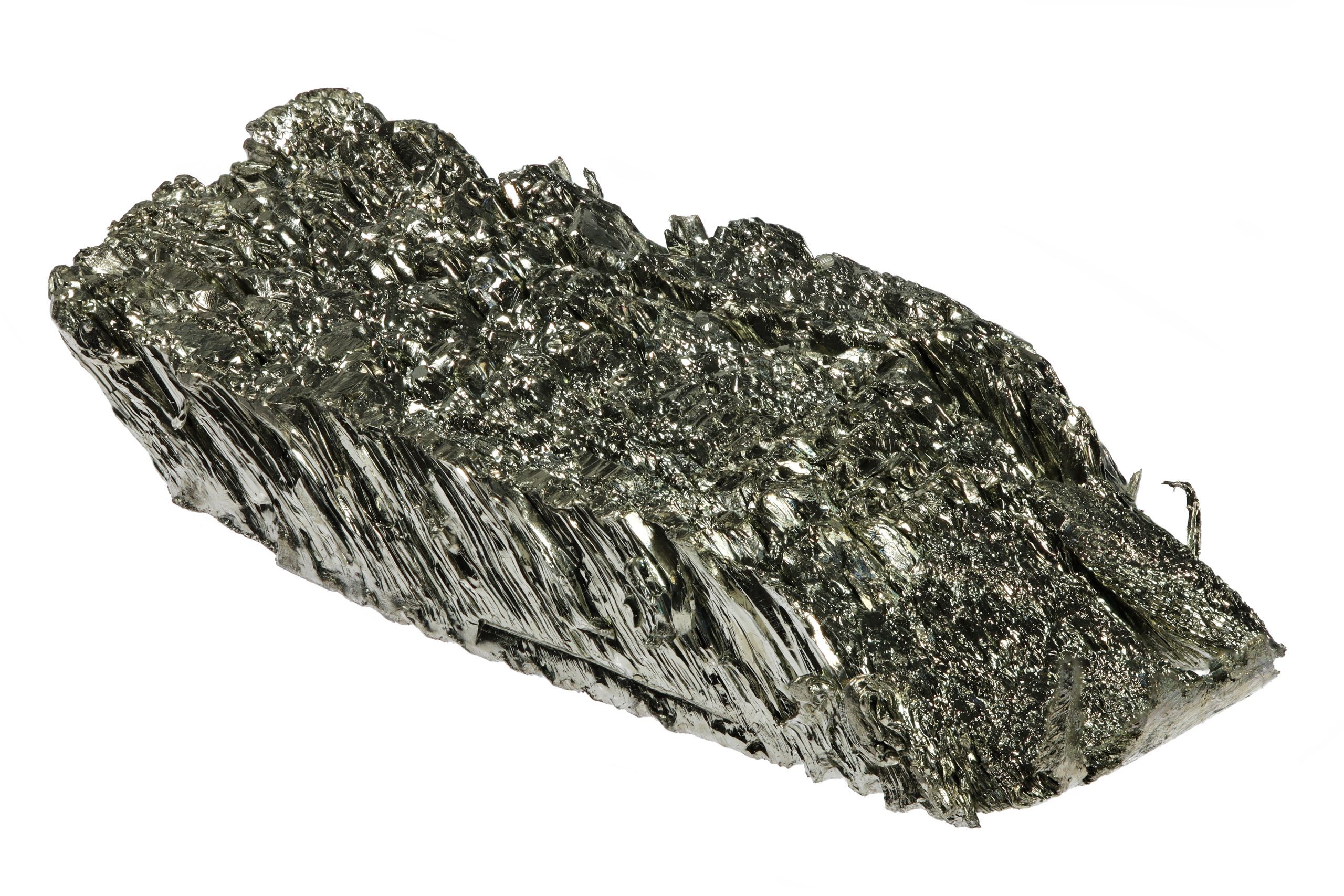Yttrium
High-purity transition metal for electronic and structural innovation.
Delivers superior performance in alloys, ceramics, and phosphor systems for high-tech industries.
Yttrium Metal
Yttrium (chemical symbol: Y, CAS 7440-65-5, EC 231-174-8) is a transition metal closely associated with rare earth elements due to its similar chemical characteristics. It has a molecular weight of 88.91 g/mol and is commercially available at purity levels ≥99.5%. The metal appears as a silvery-grey, odorless solid with a melting point of 1,522 °C and a boiling point of 3,338 °C, and a density of 4.469 g/cm³.
Yttrium is stable and non-combustible under normal conditions but reacts slowly with oxidizers. It should be stored under inert atmosphere in sealed containers. Its unique combination of stability, light weight, and reactivity makes it a key material in phosphors, ceramics, alloys, and catalysts used across high-performance industries.
NAGASE supplies high-purity Yttrium Metal for global electronic, ceramic, alloy, and energy applications, offering full technical expertise, supply reliability, and international logistics support.
Applications
Yttrium Metal is widely used in advanced materials, energy systems, and electronic applications.
- Phosphors for LEDs and display technologies producing red light
- Superconductors and ceramic materials for energy-efficient electronics
- Alloying agent to enhance mechanical strength and corrosion resistance
- Lasers and catalysts for industrial and medical technologies
- High-performance ceramics and medical imaging components
Features
Yttrium offers excellent stability, heat resistance, and performance-enhancing characteristics in high-tech applications.
- High-purity metal – Supplied at ≥99.5% for precision manufacturing
- Excellent mechanical stability – Improves alloy durability under high temperatures
- Superior optical performance – Enables red phosphor emission in LEDs and displays
- Chemically stable – Non-combustible and corrosion resistant under normal conditions
- Versatile industrial use – Applicable in electronics, lasers, catalysts, and ceramics
Frequently Asked Questions about Scandium Metal
Why is Yttrium important in modern electronics?
Yttrium plays a key role in electronics as a component in phosphors for LEDs and displays, producing vivid red colors. It is also critical in superconductors and ceramics, contributing to the performance and energy efficiency of advanced devices.
How does Yttrium improve the properties of alloys?
When alloyed in small amounts, Yttrium significantly enhances strength, corrosion resistance, and thermal stability. It is commonly used in aluminum, magnesium, and chromium alloys for aerospace, automotive, and defense applications.
How does Yttrium differ from other rare earth elements?
Although similar to the lanthanides, Yttrium is technically a transition metal. It is more abundant and lighter than many rare earths, with properties that make it ideal for ceramics, electronics, and structural materials, rather than primarily luminescent uses.
What are typical purity and physical properties of Yttrium Metal?
Commercial-grade Yttrium typically has a purity of ≥99.5%, a melting point of 1,522 °C, and a boiling point of 3,338 °C. It is stable, non-combustible, and safe to handle under controlled conditions.
Does NAGASE supply Yttrium globally?
Yes. NAGASE supplies high-purity Yttrium Metal worldwide for electronics, ceramics, alloy manufacturing, and catalysts, offering technical support and reliable logistics.

